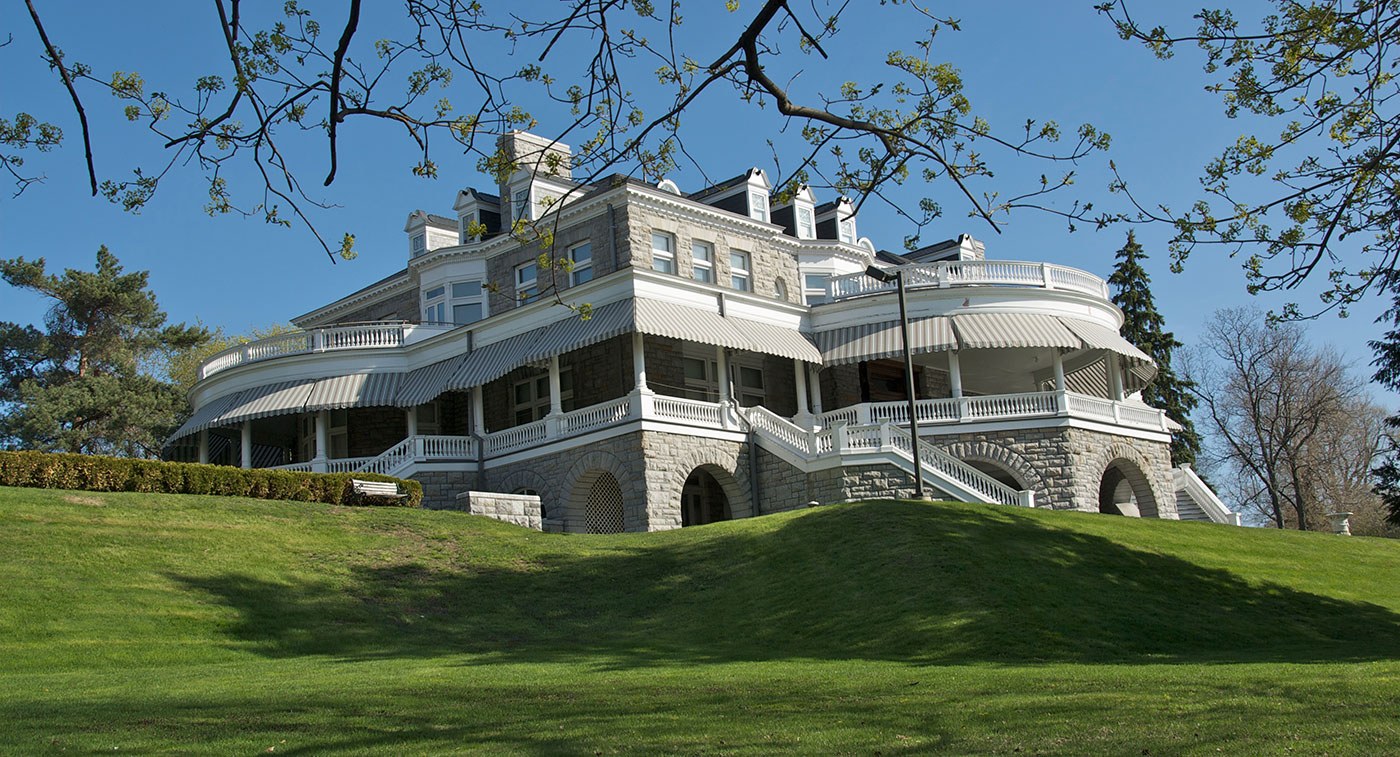Property portfolio review
Strengths and gaps
Through an extensive portfolio of properties, the Trust conserves provincially significant cultural and natural heritage sites, provides the public with access and educational opportunities, celebrates the province’s diversity, and contributes to local and regional economies. The property portfolio includes a diverse collection of provincially significant features, including rare vegetation communities, habitat for species at risk, unique examples of architectural styles and elements, and important archaeological sites that contribute to our understanding of the province’s past.
As part of the Trust’s focus on expanding the narrative, we’ve been examining whose heritage we represent through the sites that we own and protect.
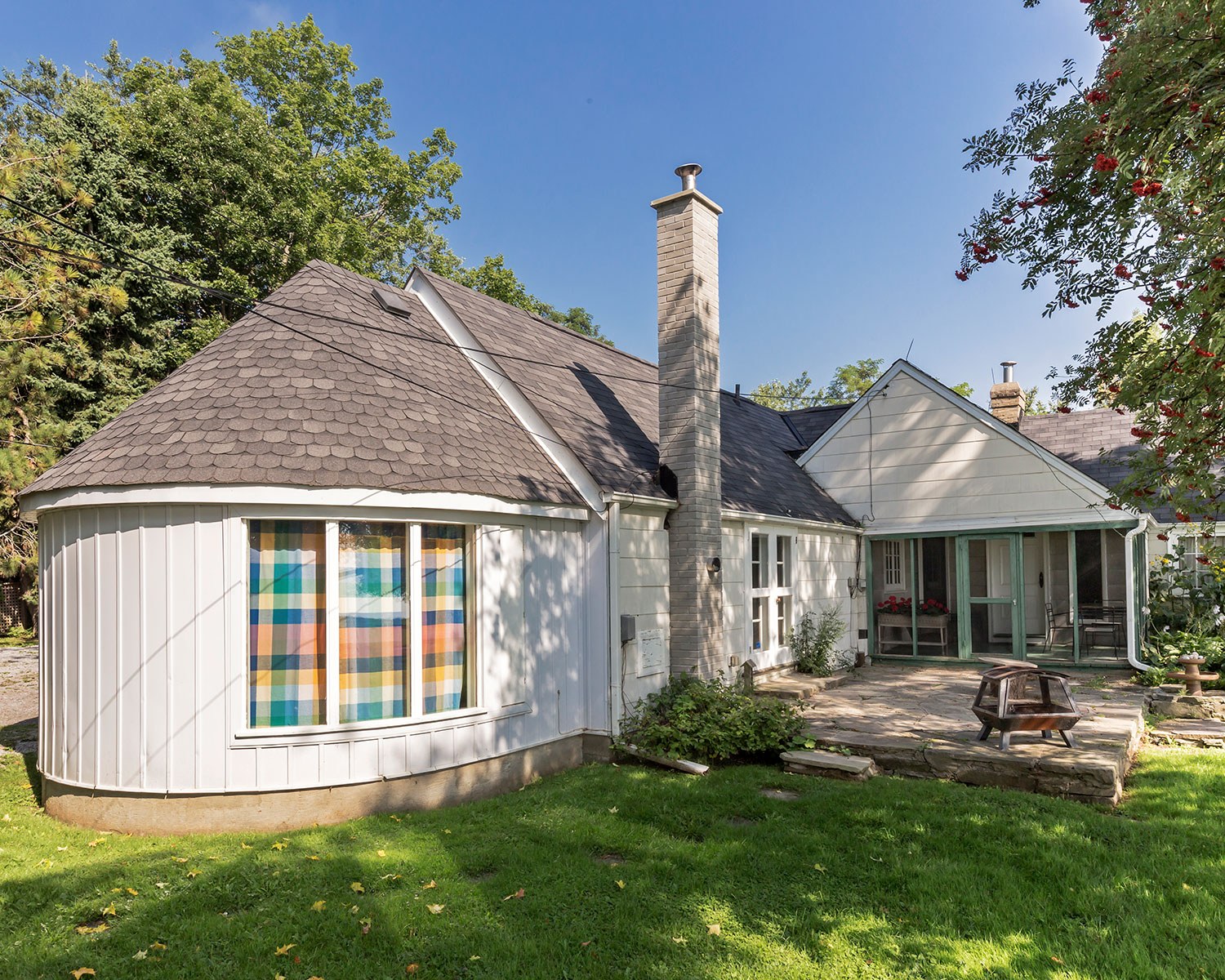
The objects of the Trust, as they relate to property, are established in Section 7 of the Ontario Heritage Act (OHA), specifically:
to receive, acquire and hold property in trust for the people of Ontario
to support, encourage and facilitate the conservation, protection and preservation of the heritage of Ontario
to preserve, maintain, reconstruct, restore and manage property of historical, architectural, archaeological, recreational, esthetic, natural and scenic interest.
The powers of the Trust (per the OHA, Section 10) include the authority to:
receive and acquire by purchase, donation, lease, public subscription, grant, bequest or otherwise property of historical, architectural, archaeological, recreational, esthetic, natural and scenic interest for the use, enjoyment and benefit of the people of Ontario
enter into agreements, covenants and easements with owners of real property or interests in real property for the conservation, protection and preservation of the heritage of Ontario.
Properties acquired by the Trust are screened by a multidisciplinary team against a defined methodology. Research on the potential acquisitions is conducted, and the site is visited, recorded and evaluated against the acquisition criteria. Trust staff also consult with stakeholders and property owners, define the property’s natural or cultural heritage values, and determine the financial resources required for the ongoing administration and protection of the property. Acquisitions are subject to approval by the Trust’s Board of Directors and must meet the following criteria:
possess provincial heritage significance
contribute to broader ecological systems, linkages and associated heritage context
contribute to the Trust’s representation of Ontario’s diversity
demonstrate short- and long-term financial and operational sustainability
provide opportunities for public access, education and interpretation
satisfy one or more of the following advisory criteria:
align with provincial government priorities
connect the Trust with new audiences, partnerships and communities
align with the Trust’s corporate priorities.
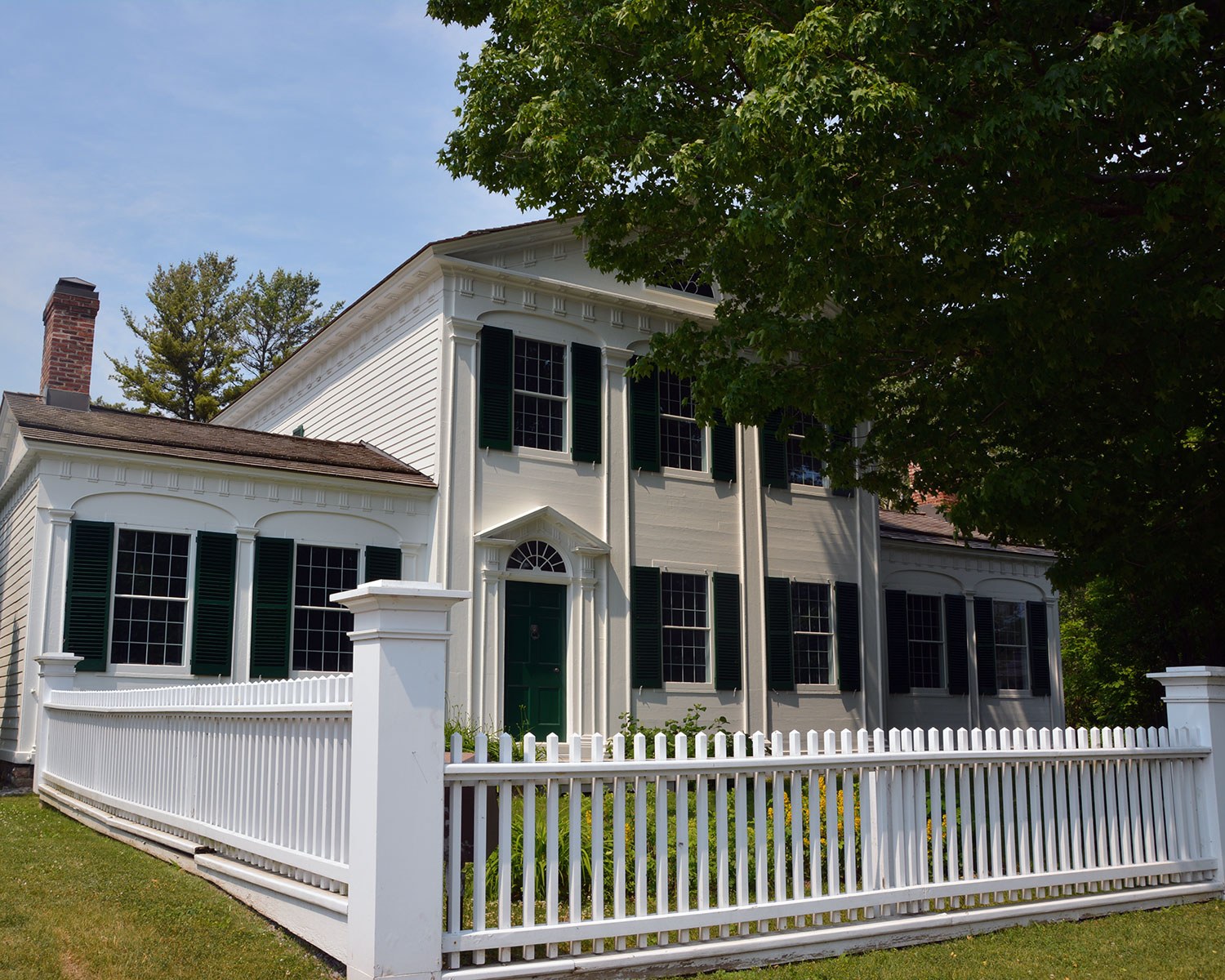
Over the past few years, the Trust has completed a detailed assessment of all of the 478 cultural and natural heritage properties owned by the Trust or protected by heritage conservation easements at that time. These evaluations considered several factors, including the Trust’s acquisition criteria, typology, age, location and reason for acquisition. The process has provided great insight into the diversity of the Trust’s holdings to ensure appropriate representation and a holistic view of Ontario’s heritage. It also helped us to understand the portfolio’s strengths and to identify gaps.
A multidisciplinary team of Trust staff reviewed the owned and easement sites and analyzed them based on factors such as property location, history, archaeology, site typology, cultural association(s), period/era(s), ecological land classification and species at risk. They reviewed Statements of Significance, baseline data reports, monitoring reports and stewardship plans, revisited Trust policies and federal and provincial standards and guidelines, made additional site visits, and consulted with partners and stakeholders. Then they combined the two sets of results to understand the portfolio.
The Trust’s natural and cultural heritage property portfolio currently has many strengths. The portfolios are diverse and include properties with a variety of provincially significant attributes.
The cultural heritage property portfolio includes centrally located and accessible properties, protects provincially significant buildings, features important cultural landscapes and sacred spaces, preserves unique construction methods and a comprehensive range of architectural styles, and helps build new relationships and community connections. Recent cultural heritage acquisitions have positively contributed to portfolio diversity.
The Trust’s natural heritage properties are located in diverse regions of the province, protect a unique recreational natural heritage corridor, and contribute to conserving diverse natural heritage features and habitat for species at risk.
The Trust currently owns and protects 170 registered archaeological sites. There are archaeological sites on almost 20 per cent of Trust-owned properties; the rest of the properties have archaeological potential that has not yet been explored.
Some of the gaps in the Trust’s owned property portfolio identified through this evaluation include:
sites of significance to Indigenous communities
cultural heritage sites of significance to Black and racialized communities
significant heritage sites associated with women’s history
sites that reflect the socio-economic diversity of the province
buildings and structures associated with the post-Second World War era, including examples of early modern architecture
rare natural vegetation communities or habitats such as savannas and lands that support species at risk
strategic green links that connect existing conservation lands and create corridors and areas that support habitat
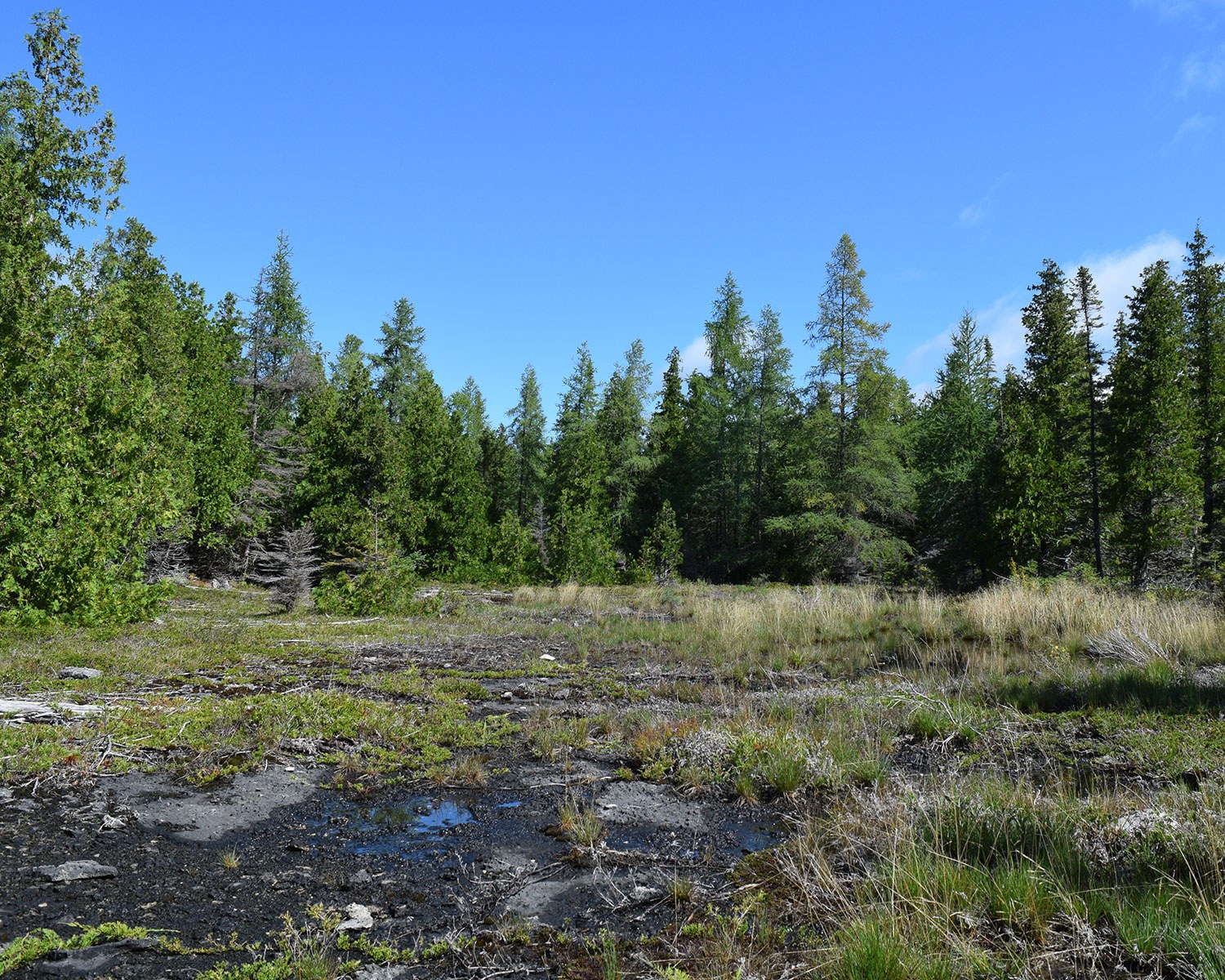
This information has helped the Trust to better understand its property portfolio. The Trust is acting on this information by developing a Strategic Acquisitions Plan to guide the future of its heritage conservation activities and property acquisition. This plan will identify methods to fill gaps in its property holdings to ensure that the Trust’s property portfolio is inclusive and representative of the diversity of Ontario’s natural and cultural heritage.
The Trust is working to broaden the discussion on heritage protection in the province and draw more voices to the table. This information will help us as we work with partners to identify acquisition priorities and to ensure that future acquisitions include the heritage of underrepresented communities, are financially sustainable, and attract new communities and user groups.
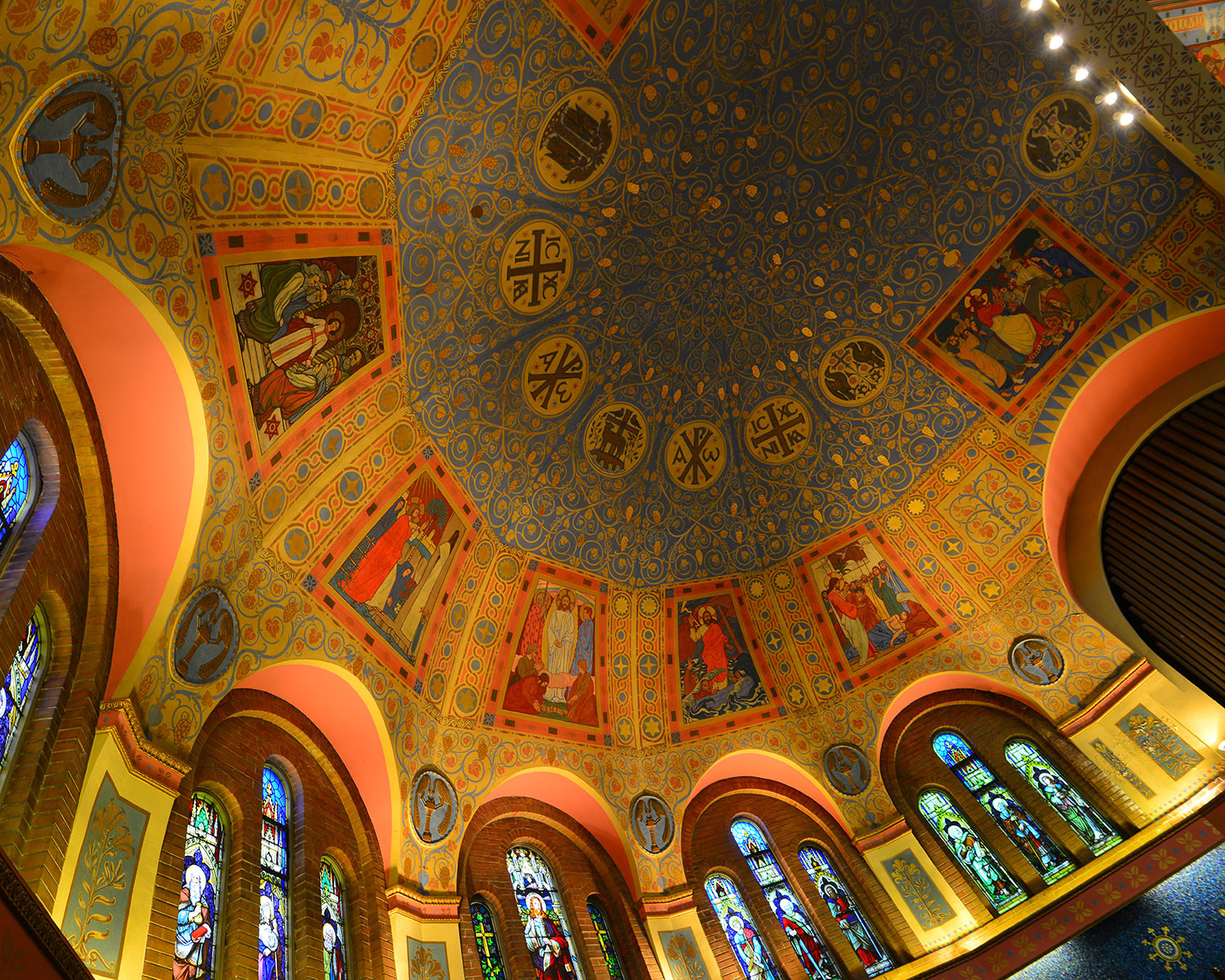
Over the past several years, the Trust has made a concerted effort to share stories of all of the people of Ontario – providing a forum to look back over more than 10,000 years at the people who have called this province home. The Trust continues to re-define the narrative – to ensure that the heritage that we protect and the stories that we tell are a respectful, accurate and authentic portrayal of the peoples who have lived on and contributed to this land known as Ontario.
Property protection, through ownership or easement, is only one tool that the Trust uses to conserve the province’s heritage and tell its stories. Through Doors Open Ontario, we work with communities to explore the province’s fascinating cultural sites. Provincial plaques mark sites of significance and share our stories. Through museums, educational programs and publications, the Trust strives to expand the historical narrative. Through partnerships and the Trust's work in communities across the province, we will continue to contribute to an authentic and respectful dialogue to broaden the approach we take to the conservation of Ontario's heritage.
What the data shows
The review of the Trust’s property portfolio provided the Trust with a detailed and accurate understanding of the portfolio’s strengths, where property typologies are underrepresented, and where gaps exist. It also provided insight on why, when and how the Trust obtained properties over time.

